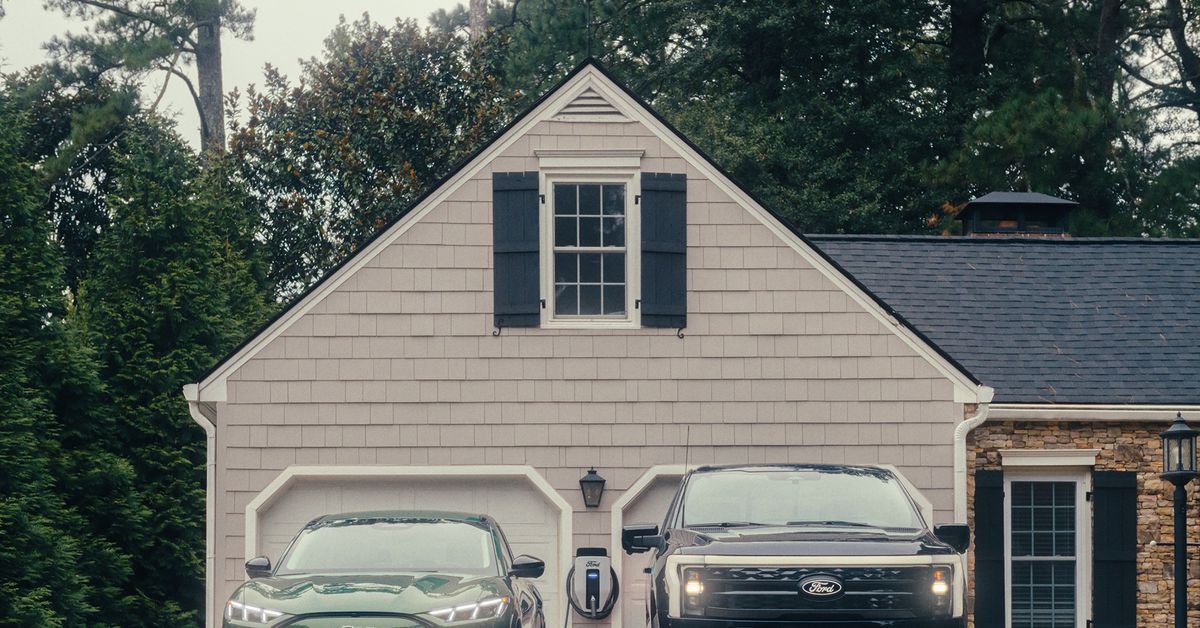For customers still unsure whether they’re ready to make the switch to an all-electric vehicle, Ford is sweetening the pot.
Today, the company launched a new initiative called the “Ford Power Promise,” in which it will provide a suite of benefits to customers who buy or lease a new EV. And chief among them is a complimentary home charger for all new customers, as well as the costs of standard installation.
The charger that’s being offered is the company’s Ford Charge Station Pro, a $1,310 Level 2 charger that comes with a standard CCS1 connector. Ford declined to put a monetary value on the installation but said it would cover costs up to 60 amps of power and 80 feet of wire run. Customers who need to upgrade their home electrical panel before the installation, however, will need to cover those costs themselves.



What are you talking about? 200A is a HUGE panel as it is. You’re going to have a hard time getting bigger than that on a residential connection. If you go balls to the wall with the big stuff in your house, you’d be looking at about 30 amps for AC, 50 for stove and oven (by the way, that’s all burners and oven running at the same time. Happy Thanksgiving?), 30 for a clothes dryer, and you still have 90 amps at 240 volts remaining.
Oh, and realistically that’s two 90-amp sets of 120 volts. And really, most people charge their car at night, when demand and rates are lower. Maybe your AC is going to run occasionally, but you’re probably not making that Thanksgiving feast while laundry is going
You forgot the furnace and water heater. If those are electric, it can easily max out a 200 amp panel.
Also, the fact that you’ll never use the full 50 amps on the range isn’t really important. There are calculations on how much you can overbook your panel. Once you hit that limit, electricians and code won’t allow it.
Admittedly I use gas for both those things, so yes, I did forget about them. The point largely remains: it’s highly unlikely that you’ll have all loads going at full blast, and for that reason the load calculation is far more complex than simply adding up the breakers. It also understands that circuits are generally only partially used, and that the worst case scenario is a nuisance, not a hazard.